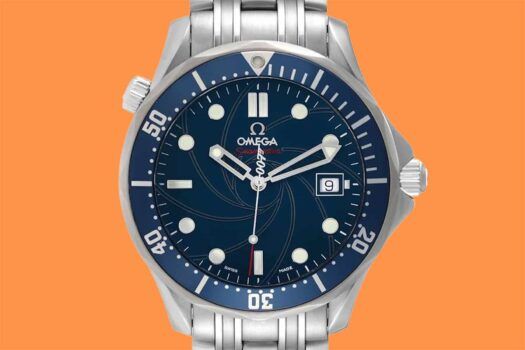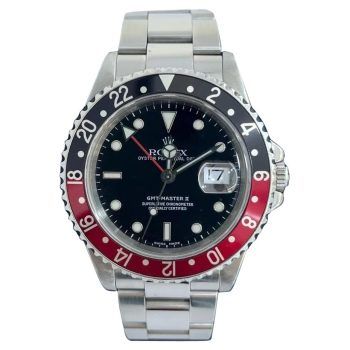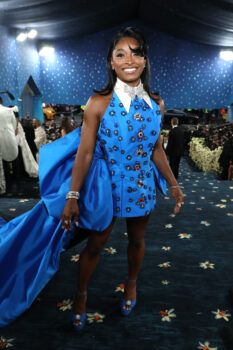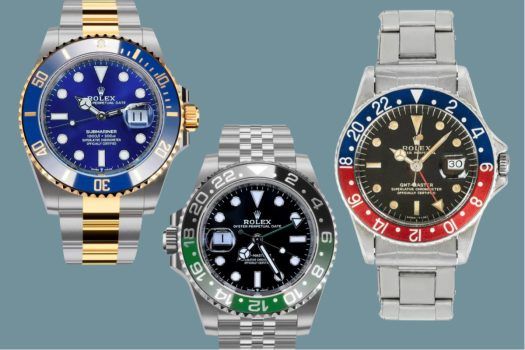
A few watchmakers can seem to dominate conversations among horological enthusiasts. But if sought-after models like the Rolex Daytona and Patek Philippe Nautilus don’t fit your budget or style, don’t worry. Vintage pieces of once-great brands remain eminently worthy of collecting. Which is why we’re highlighting four storied manufacturers — some no longer in the spotlight, others quietly thriving — that represent exceptional value for the discerning collector. Each offers something increasingly rare: genuine horological excellence without headline-brand premiums.
Longines
Founded in 1832, Longines built its reputation on precision timing for aviation, exploration and sport. Charles Lindbergh wore one of the Swiss manufacturer’s timepieces during his solo Atlantic crossing, and Howard Hughes was a lifelong member of its fan club. Audrey Hepburn often sported a sleek gold Longines Dolce Vita, which complemented her inimitable style. Albert Einstein favored a simple Longines watch with a silvered dial and blue hands — a timepiece as unpretentious and precise as the man himself.
Longines chronographs from the 1940s to the 1970s, with their crisp stepped cases and sunburst dials, exude a quiet luxury. Especially coveted are the reference 13ZN chronographs, produced from 1936 to 1947, which boast the world’s first flyback mechanism and can often be found for from $4,000 to $10,000. But even simpler treasures reward the discerning eye: an 18-karat gold Art Deco beauty from 1922, with its original kiln-fired dial, represents the pinnacle of early 20th-century elegance, while a silver half-hunter trench watch from 1925 captures the excitement of the Jazz Age.
Shop Longines Watches on 1stDibs
Universal Genève
Few endorsements carry more weight among watch connoisseurs than that of Eric Clapton. The guitar virtuoso and noted collector is such a loyal fan of Universal Genève that two of the brand’s models are nicknamed for him: the Universal Genève Tri-Compax “Clapton,” distinguished by its black-and-white “panda” dial, and the “Evil Clapton,” its black-dialed twin. How this came about is the stuff of pure rock legend: In 1966, paparazzi captured Clapton meeting Jimi Hendrix for the first time, at a London pub, and one of the photos clearly shows a reference 881101/01 on the Cream guitarist’s wrist.
Universal Genève’s chronographs from the 1940s to 1970s, with their razor-sharp lugs and multi-scale dials, are miniature works of art. The signature Tri-Compax models include moon-phase and triple calendar complications, among others, and some can be secured for from $4,000 to $12,000 — well below what more famous Swiss chronographs fetch. Earlier gems offer exceptional value, too: A rare 18-karat yellow gold Compur chronograph from the 1940s reflects the brand’s wartime excellence, while a stainless steel Uni-Compax from the same period delivers pure chronograph functionality in an impossibly elegant package.
Shop Universal Genève Watches on 1stDibs
Hamilton
Hamilton watches are pure Americana. From Elvis Presley‘s futuristic Ventura in the 1961 Blue Hawaii to Harrison Ford’s vintage-inspired Boulton in 2023’s The Dial of Destiny, the brand’s timepieces have been Hollywood favorites for decades. More significantly, American soldiers from World War I through Vietnam relied on Hamilton’s robust, legible watch faces.
Vintage Hamiltons offer a uniquely American blend of practicality and style. A steel model 6645 U.S. Army field watch represents archetypal military timekeeping — built for combat while maintaining precision. At the opposite end of the spectrum, a 14-karat white gold Spur from the 1920s showcases Hamilton’s sophisticated dress watch capabilities, while the white-gold Ventura, with its unusual triangular shape, seems as futuristic today as when Elvis first wore one. Many can be gotten for from $500 to $2,500, making them arguably the single best value in vintage collecting.
Shop Hamilton Watches on 1stDibs
Jaeger-LeCoultre
Humphrey Bogart, Charlie Chaplin and Queen Elizabeth II all chose Jaeger-LeCoultre for their timekeeping needs. Although the Reverso gets the headlines, the brand’s 1950s-to-1970s output includes many treasures. Take the Memovox (ref. E853) — the first automatic alarm wristwatch — which features a domed crystal and conveys mid-century optimism. The stunning 1960s Memovox Alarm Reveil in 10-karat gold perfectly captures the era’s glamour.
But the boldest JLCs came in the 1970s, sporting brutalist-inspired cases, integrated bracelets and avant-garde dials. The Pierre Cardin collaboration produced space-age masterpieces like the PC 115, with its mesmerizing Op art dial — a watch that feels as fresh today as when it debuted. Examples can be had for from $3,000 to $12,000, a fraction of a modern Reverso’s price but offering all the brand’s precision and style.
























